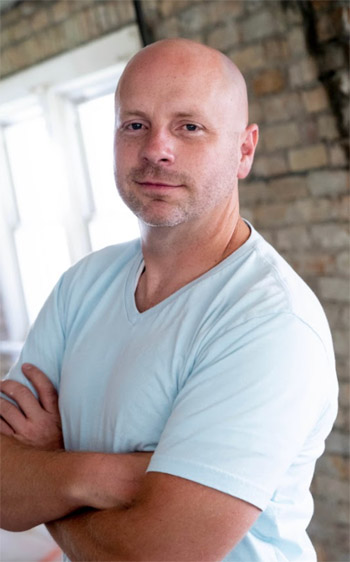He has founded multiple seven-figure businesses including Tree Fort Realty, Rhino Property Management, Savvy House Design and Doorstep Management — all the while using his success to give back. John reached financial independence years ago, but keeps working because he loves what he does.
Curious how to start investing in real estate and building your own portfolio? Enjoy this story of a self-made real estate millionaire.
Johns First Investment Property
“I started my real estate empire at 21 years old. I bought a house in Salt Lake City for under $70,000, and funded the purchase through my first bit of savings.
“Then I came up with the idea to live in the garage, so I could rent out the bedrooms to my friends. Then, I quickly realized I could live under the stairwell, put bunk beds in the garage, and rent out the bedrooms and the garage to nine of my friends.
“This created $1,000 in passive income per month for me, allowing me to save for my next big investment. All big investment empires start with a sacrifice.”
You might know this strategy by the term house hacking. I did something similar with my first home, renting out a bedroom to a housemate, although it didn’t even cover my monthly mortgage payment, much less netted me cash flow.
Funding & Networking

“For my second deal, I paid 18% interest to the lender. I found them at local real estate investing associations and networking. With the next few properties I used hard money loans to fund them: high-interest short-term loans. In fact, I still use hard money loans, paying 8-12% interest.”
That’s typical among investment property loans, although some lenders like Kiavi and LendingOne offer lower interest rates.
Sometimes, even if John uses his own cash, he still pays himself 12%: “You want your money to work for you.” It makes more sense than it appears — it forces you to think about opportunity cost and the investment value of your cash.
“I used to fund all of my deals myself, but now I use investments from various people (instead of a bank) and give everyone a cut.” In other words, John raises money from friends, family members, and acquaintances through private notes.